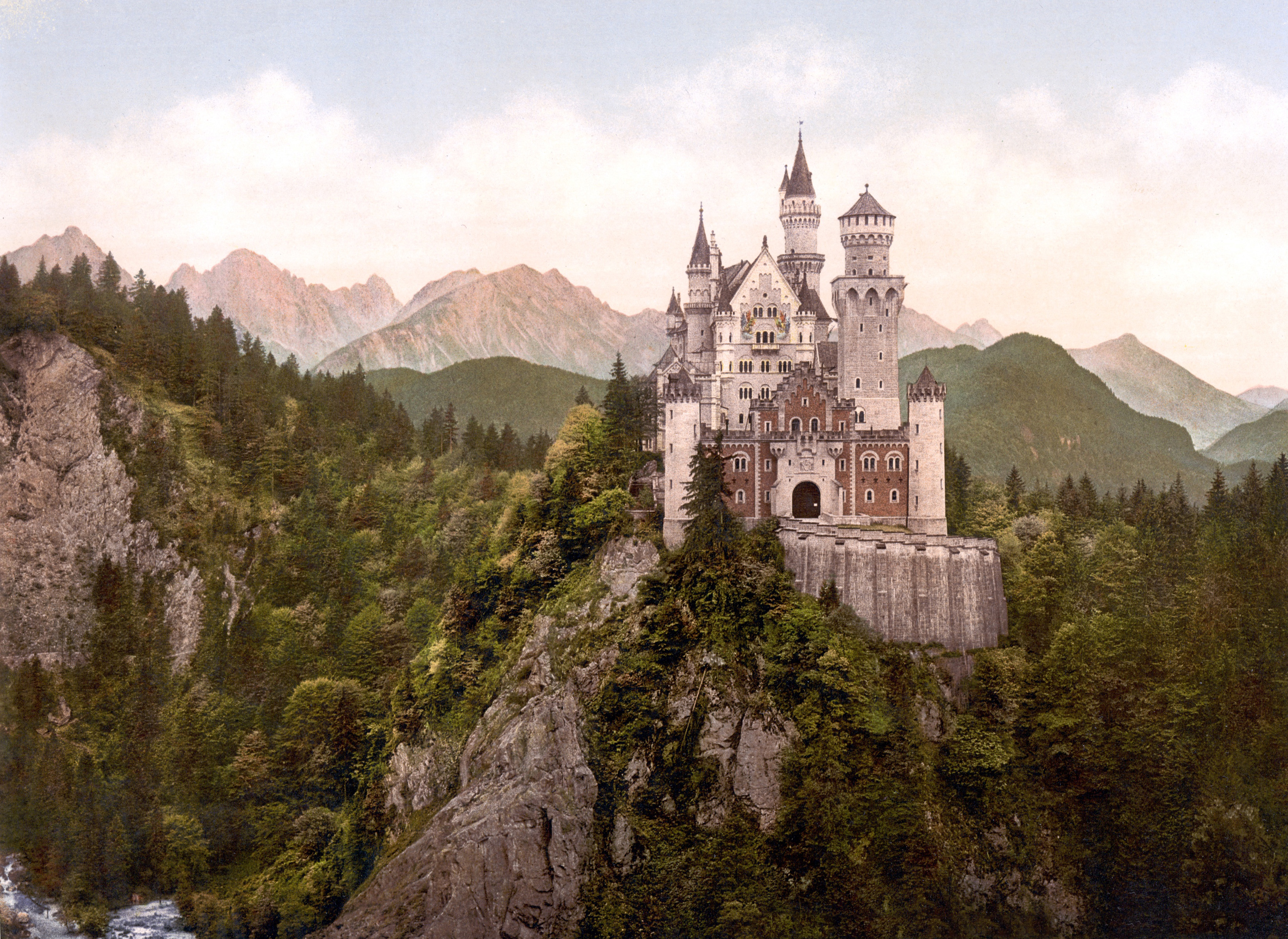Neuschwanstein Castle (German: Schloss Neuschwanstein, pronounced [n????va?n?ta?n], English: “New Swanstone Castle”[1]) is a nineteenth-century Romanesque Revival palace on a rugged hill above the village of Hohenschwangau near Füssen in southwest Bavaria, Germany. The palace was commissioned by Ludwig II of Bavaria as a retreat and as a homage to Richard Wagner. Ludwig paid for the palace out of his personal fortune and by means of extensive borrowing, rather than Bavarian public funds.
The palace was intended as a personal refuge for the reclusive king, but it was opened to the paying public immediately after his death in 1886.[2] Since then more than 61 million people have visited Neuschwanstein Castle.[3] More than 1.3 million people visit annually, with as many as 6,000 per day in the summer.[4] The palace has appeared prominently in several movies and was the inspiration for Disneyland’s Sleeping Beauty Castle[5] and later, similar structures.
Categorized: World Guide
